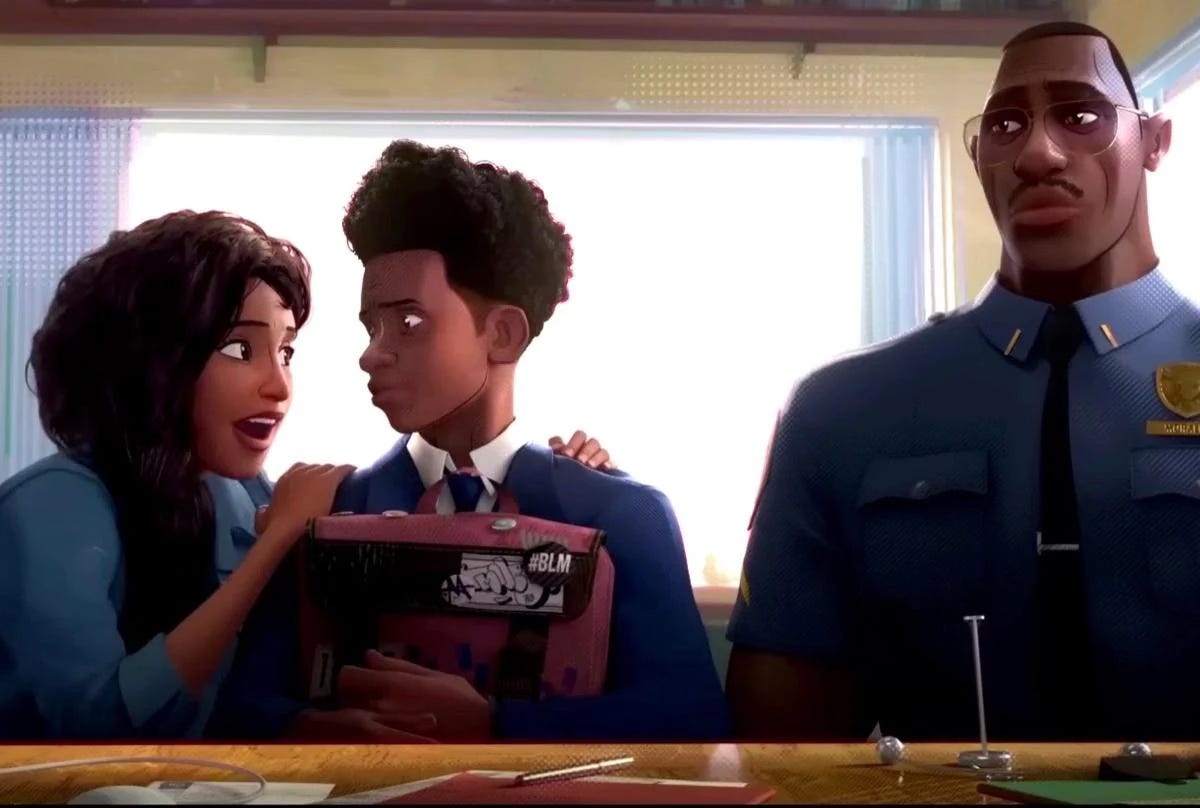In an interview with the New Yorker Radio Hour, Justin Vernon (aka Bon Iver) shared some thoughts on the relationship between producing artistic work and an artist’s suffering:
[F]or me, I think when I'm speaking that that line, what it refers to is being the darkness. It's sort of, I reflect on it. Like, there's been times in my career where it felt like repeating a cycle of heart ache. I was getting a lot of positive feedback for being heartbroken and having heartache. And I've wondered, I haven't found the answer yet, but I kind of referred to myself as like, maybe I'm pressing the bruise. Maybe I go back. Maybe I am unknowingly steering this ship into the rocks over and over again.
That sense of being rewarded for sharing heartbreak, and even encouraged to court personal pain as fodder for what you’re writing isn’t just Vernon’s experience.
Ariel Bloomer presents a familiar story: As a creative person, you need to actively use your pain. That creative work that processes your suffering will help you transcend that suffering. That it’s better if the sources of your suffering hit a point of peak volume, because that will shake you out of your complacency and force you to challenge yourself to take your life and work seriously. But this still isn’t asking you to find pain that’s not already there. It’s not a total counterpoint, but Haley Jakobson comes at the issue a little differently, arguing you cannot produce your best work if you’re actively suffering, and that taking care of your mental and physical wellbeing should be important to all writers.1
Lidia Yuknavitch talks on grief and the slow timeline of seeing elements of that experience that grew into works of fiction. But she makes it clear that this suffering was not something she transcended through creativity, but something she must live with always. These are a few arguments in favor of seeing personal suffering in direct opposition to creating artistic work. We can take this more broadly, drawing on Victor Frankl’s Man’s Search for Meaning:
But let me make it perfectly clear that in no way is suffering necessary to find meaning. I only insist that meaning is possible even in spite of suffering—provided, certainly, that the suffering is unavoidable. If it were avoidable, however, the meaningful thing to do would be to remove its cause, be it psychological, biological or political. To suffer unnecessarily is masochistic rather than heroic.
But beyond the generalized notion of the tortured artist, there’s a specific expectation of mining personal pain to understand: Saadia Khan interrogates the hunger for stories of racial trauma:
As a result, people from minority communities are often forced to relive agony to get noticed and become more visible in every sphere of our lives, whether writing a college application, applying for a grant, or simply telling a story. Many of us feel as though we are only worthy of attention if we present ourselves as a case study that appeals to White sensibility and even White saviorism.
Zoya Patel focuses on the specific difficulties of people of color writing fiction, and the expectations for what kind of stories are seen as marketable and worthy of attention:
As I started to write my own books, I internalised this as an indisputable fact: readers were only interested in the experiences of people like me if we were traumatised, not triumphant. Diverse characters were only interesting when they overcame adversity; diversity must be fundamental to the plot to be justified.
Tiffany Byrd Harrison gives an extended breakdown of the layers in American Fiction, and how the film critiques the stories Black writers are expected to tell while simultaneously showing what stories are possible when allowing characters to have a broad range of personalities and experiences:
👋 Are you new here?
Inneresting is a weekly newsletter about writing and things that are interesting to writers. Subscribe now to get more Inneresting things sent to your inbox.
Previously on Inneresting…
In case you missed it, in last issue’s most clicked link, we can learn a little about Daniel Goleman's 5 stage pyramid of emotional intelligence.
What else is inneresting?
Celebrating John Hughes, Director: Clara Moloney chooses a shot from Uncle Buck to talk about Hughes’s transition from teen movies to family films, and his work on set.
Everything doesn’t need to be optimized: Jamie Thingelstad on thinking about a blog as a collection of writing you’re leaving as a gift, not a series of individual posts measured in engagement.
It’s not just about the Cones: Charlie Hall on the dangers new tariffs pose to independent game makers and the tabletop game industry as a whole.
And that’s what’s inneresting this week!
Inneresting is edited by Chris Csont, with contributions from readers like you and the entire Quote-Unquote team.
Are you enjoying this newsletter?
📧 Forward it to a friend and suggest they check it out.
🔗 Share a link to this post on social media.
🗣 Have ideas for future topics (or just want to say hello)? Reach out to Chris via email at inneresting@johnaugust.com, Bluesky @ccsont.bsky.social, or Mastodon @ccsont@mastodon.art.
Post-Credits Scene
Editor’s Note: This one had a lot of personal resonance for me, as someone who let other people’s misperceptions about mental healthcare “dulling your creative gifts” keep them from getting help and doing the work that would’ve made a lot more creative work possible.


